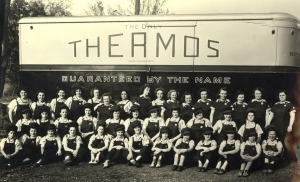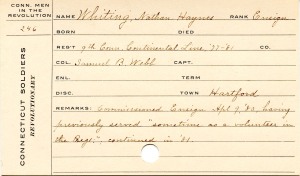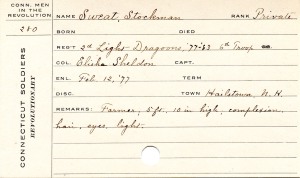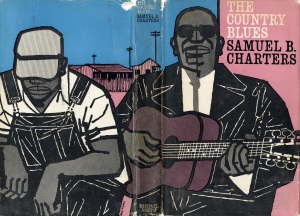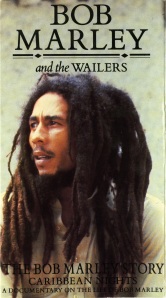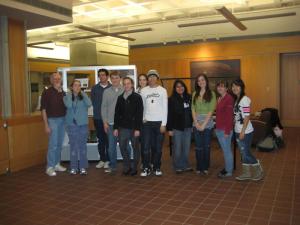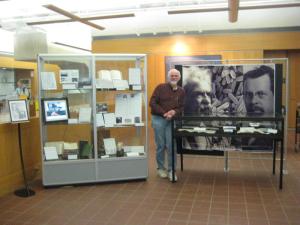The vacuum flask, better known by the trade name Thermos, is fairly ubiquitous in the United States. Virtually every household has a few, to keep food at the desired temperature, be it hot or cold. The vacuum flask was invented in 1892 by Scottish inventor Sir James DeWar and its popularity quickly spread.
William Walker, founder of the American Thermos Bottle Company, established a Thermos plant in Brooklyn, New York, in 1907, but moved in 1913 to Norwich, Connecticut, where it became the city’s largest employer. After World War II the company built another plant in nearby Taftville, Connecticut, and became known as Thermos Company.
In 1969 Thermos was bought by Household International and in the 1980s production moved to Illinois. The collection held in Archives & Special Collections are not the company records but a collection of publications, photographs, company newsletters, and annual reports, gathered by the company’s workers to celebrate their pride in the company that they, and many of their family members, worked for for much of the 20th century.
You can read more about the company and the collection in its finding aid, at https://archivessearch.lib.uconn.edu/repositories/2/resources/701


